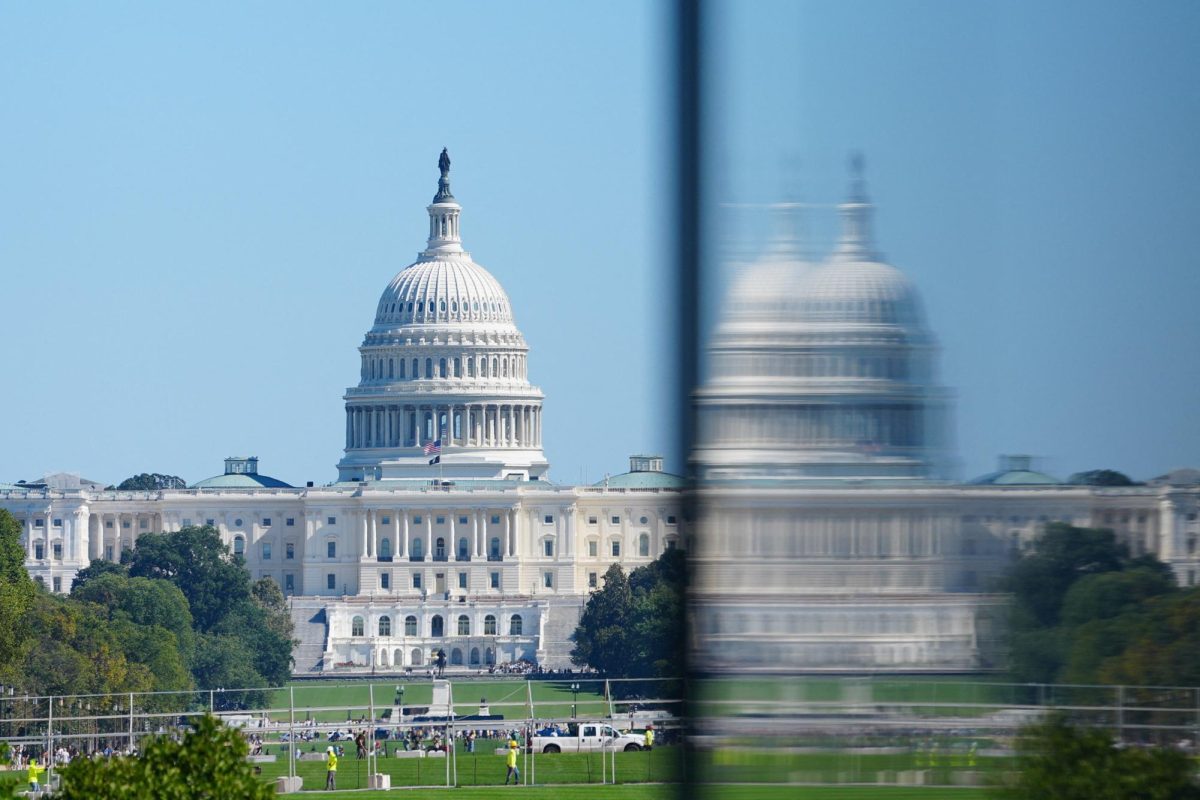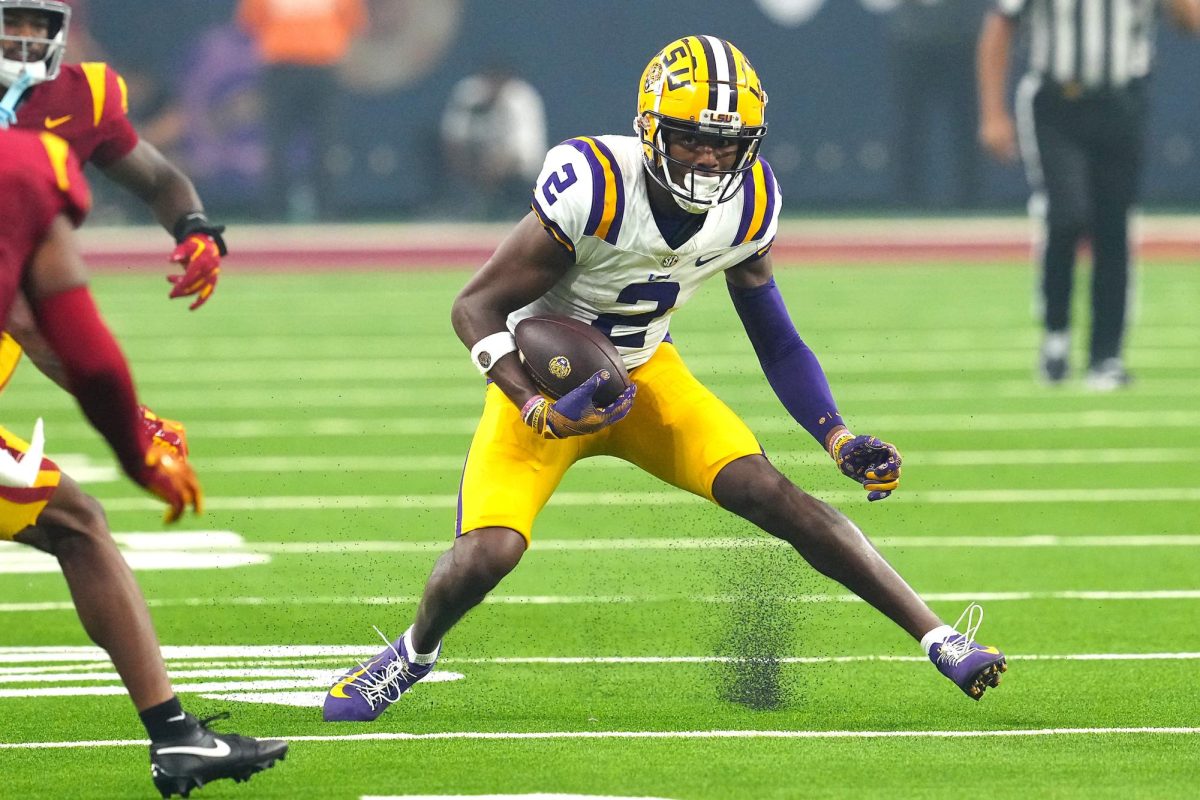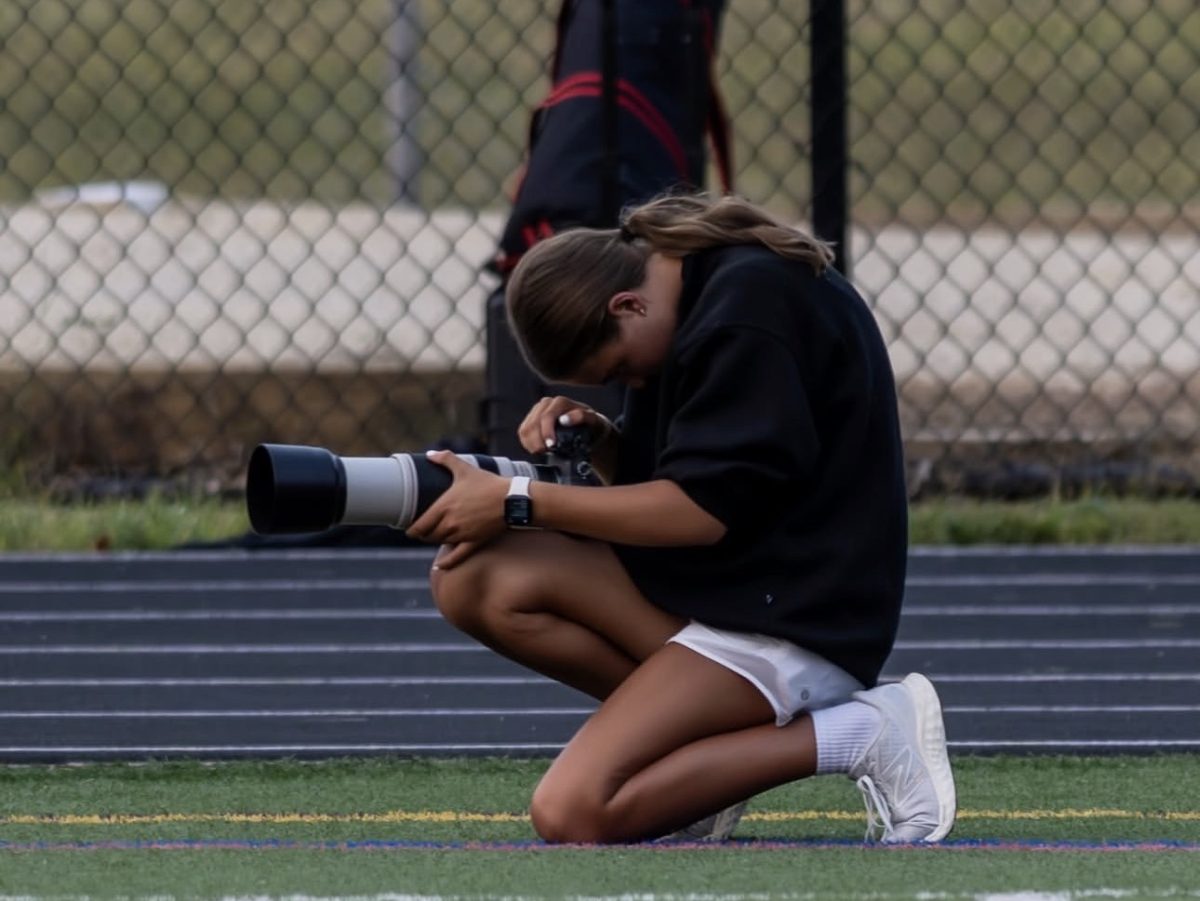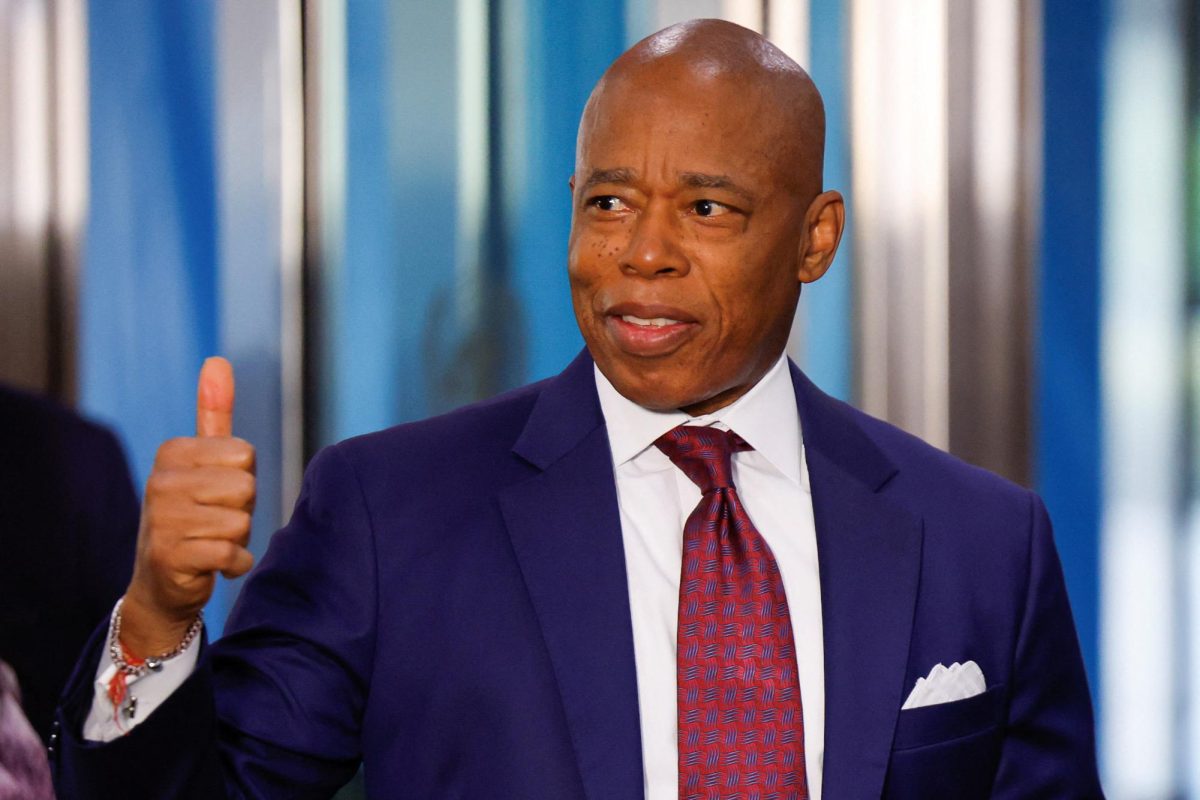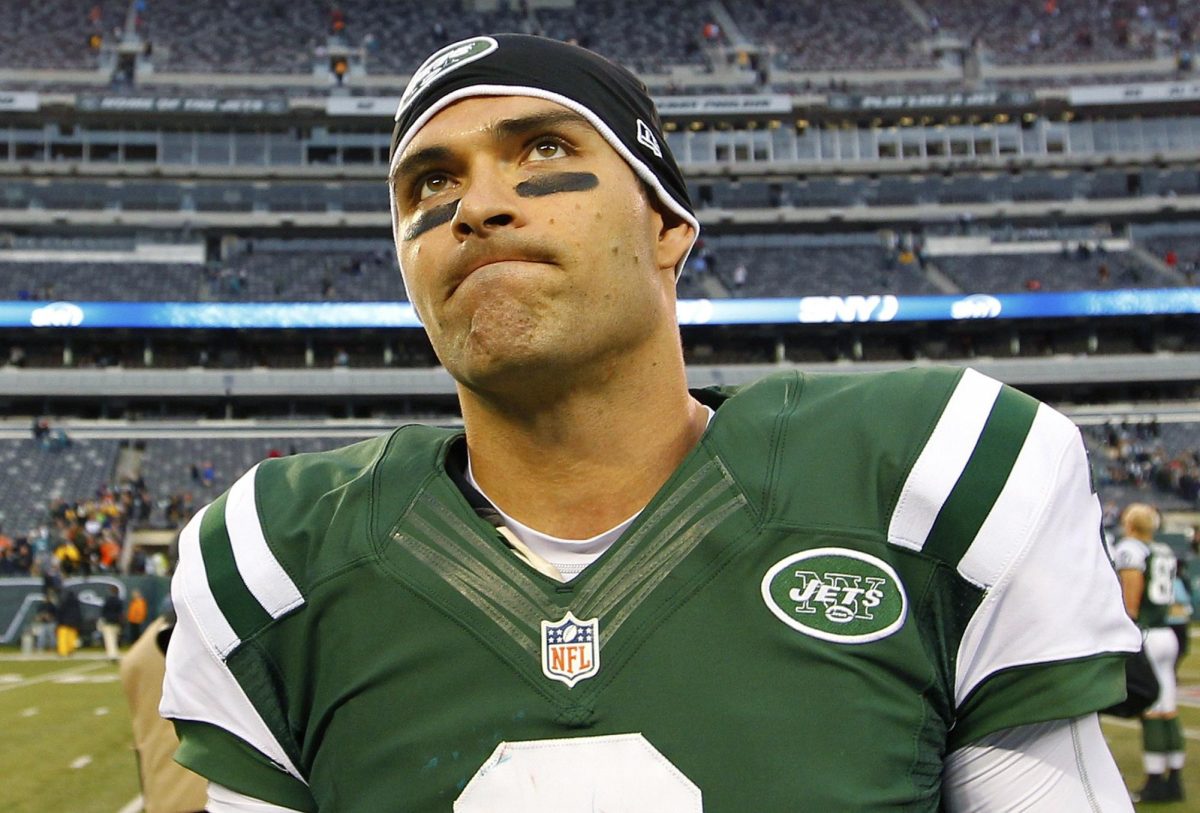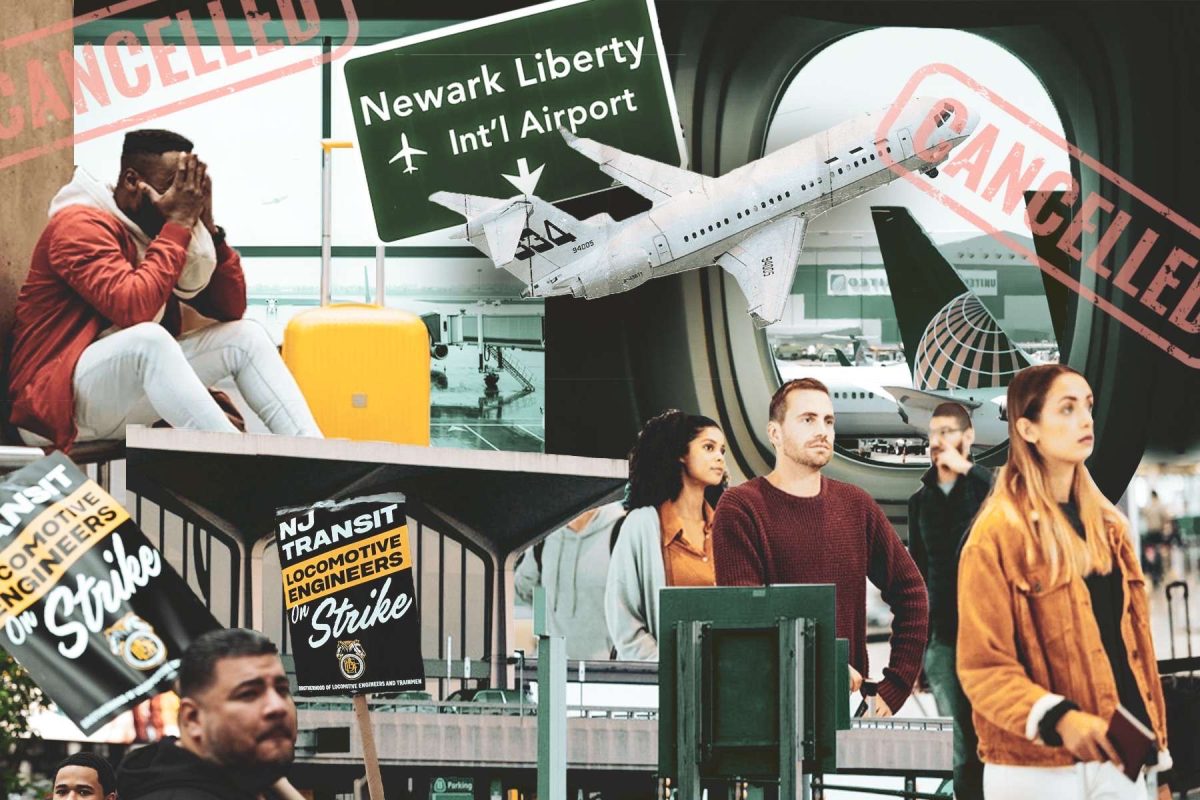On Oct. 1, the government officially shut down, temporarily suspending many government agencies and furloughing government workers. The country anticipated that Democrats and Republicans in Congress would continue to fail to reach an agreement.
What is a Government Shut Down?
A government shutdown occurs when parties in Congress can not decide on a budget and therefore shut down. 40 percent of federal workers have been put on unpaid leave; however, employees who are deemed critical to protecting life and property in each department will continue to work, according to a BBC article from Oct. 3 and a New York Times Article from Oct. 2. The shutdown will continue until an agreement is reached in Congress.
Why did it happen?
The shutdown began because Democrats and Republicans could not reach an agreement about funding government services in Congress, according to a BBC article from Oct. 3. An agreement could not be reached because Republicans wanted to demonstrate their ability to use their majority power, while Democrats would not make concessions about Health Care policies. Democrats want an extension of subsidies for Health Care Coverage through the Affordable Care Act, according to a New York Times article from Oct. 2.
What does this mean for the future?
It is unclear when the shutdown will end. In the past, shutdowns have ended when one side gives in to the pressure from the public and federal agencies. If this were to happen, it means that Democrats would sign a bill that does not support the health care they were seeking, according to an article from the New York Times on Oct. 2. However, Democrats have not demonstrated any signs of backing down. This shutdown has also led to tension online. President Trump has shared A.I.-generated memes depicting the government shutdown. An end to the crisis does not seem to be in sight as federal workers head into another work week without pay, according to a New York Times article from Oct. 5.
